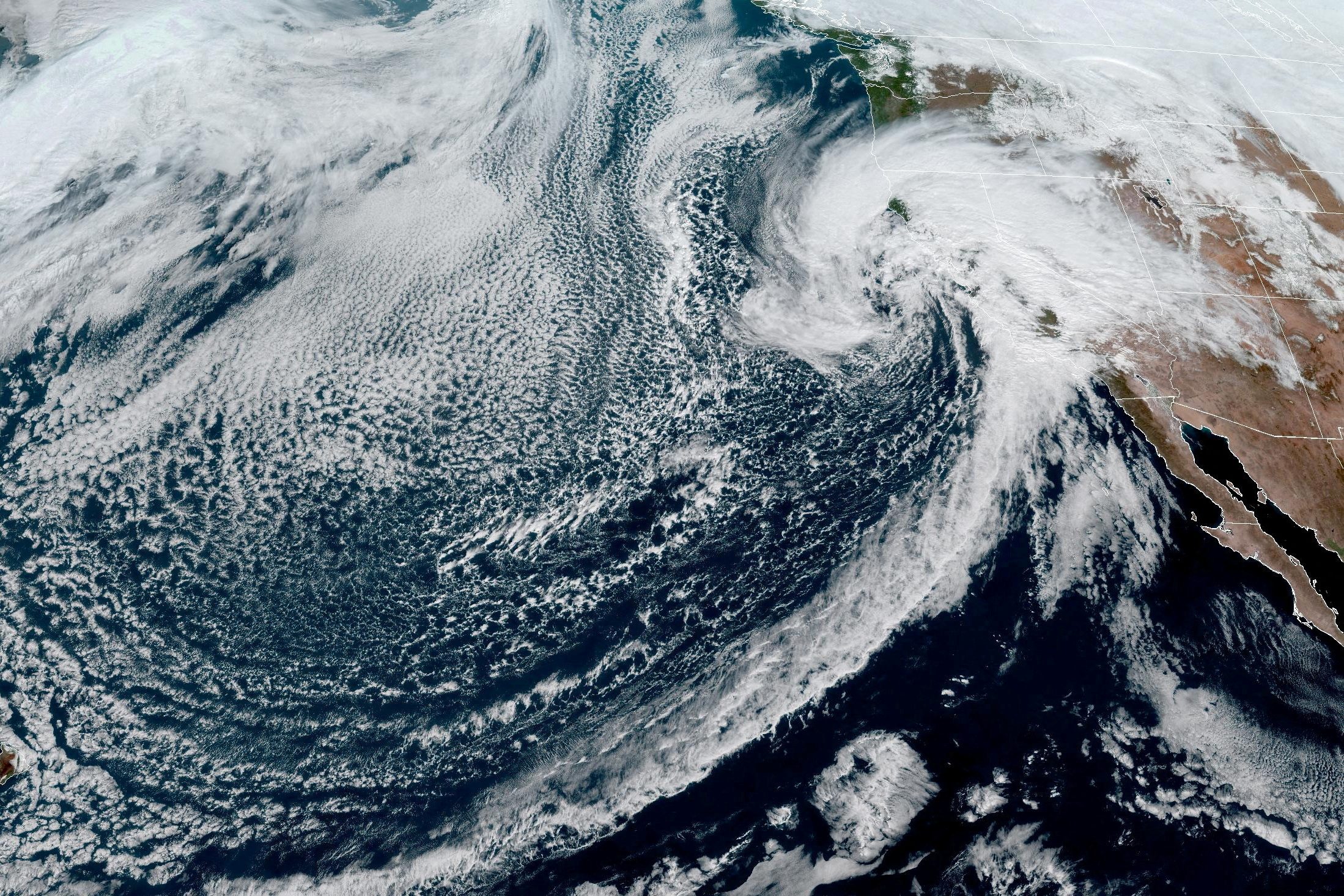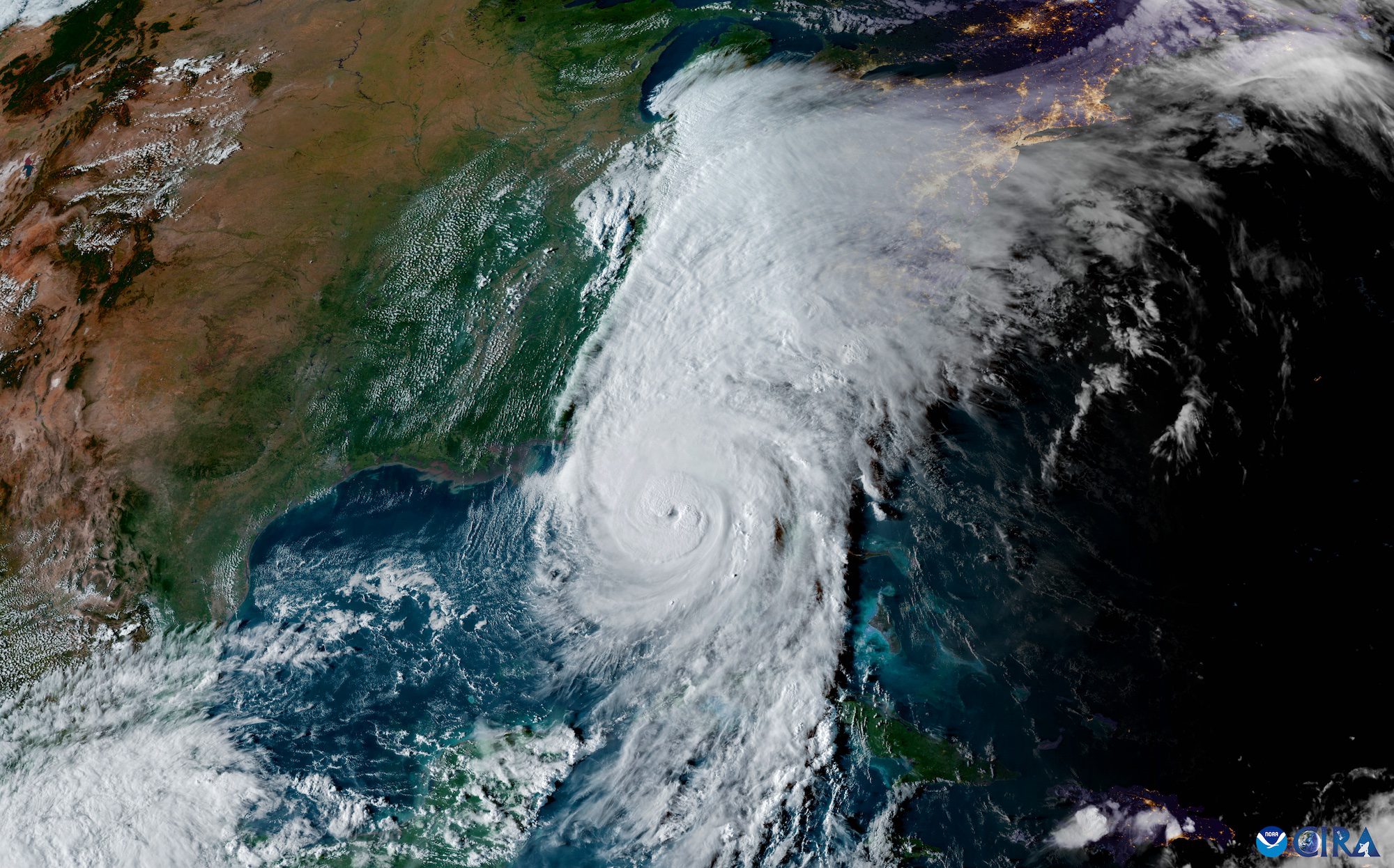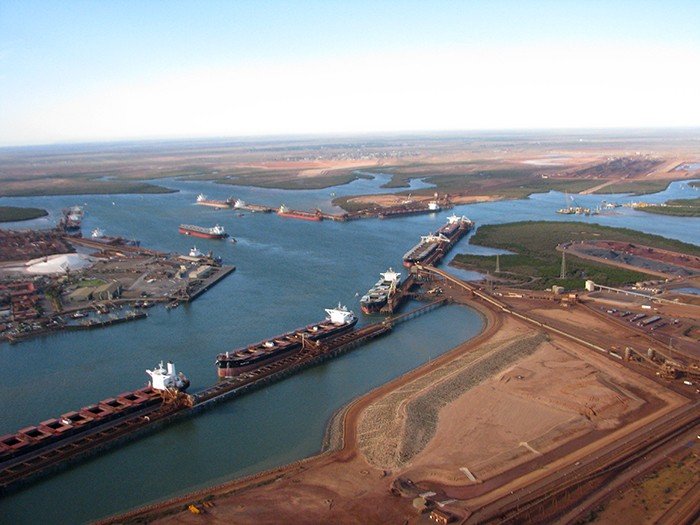By Stephen Stapczynski (Bloomberg) A winter storm battering huge swaths of the US threatens to temporarily disrupt exports of liquefied natural gas from the Gulf Coast, exacerbating the global fuel crunch.
The arctic front, expected to continue for several days, is triggering warnings and advisories stretching from Maine to the Gulf of Mexico. The US is a major LNG exporter and a key supplier to Europe, which means port disruptions could have a global impact.
Read more: US Natural Gas Output Seen Dropping Most Since February on Chill
Subfreezing temperatures and high winds through Dec. 26 may cause delays or suspension to pilot services for the Sabine-Neches Waterway in Texas, according to notices from Moran Shipping. The waterway services the Sabine Pass terminal, the largest US LNG export facility.
Pilots for the port of Corpus Christi, who are responsible for docking vessels in the southern Texas region, have suspended boarding vessels due to the cold, according to Moran. That may affect ship traffic to the Corpus Christi LNG export facility.
Cheniere Energy Inc., operator of the Sabine Pass and Corpus Christi terminals, said that it always prepares for and responds to extreme weather to safely manage operations. The company didn’t comment on the current operations of the facilities.
By Stephen Stapczynski © 2022 Bloomberg L.P.

 Join The Club
Join The Club










